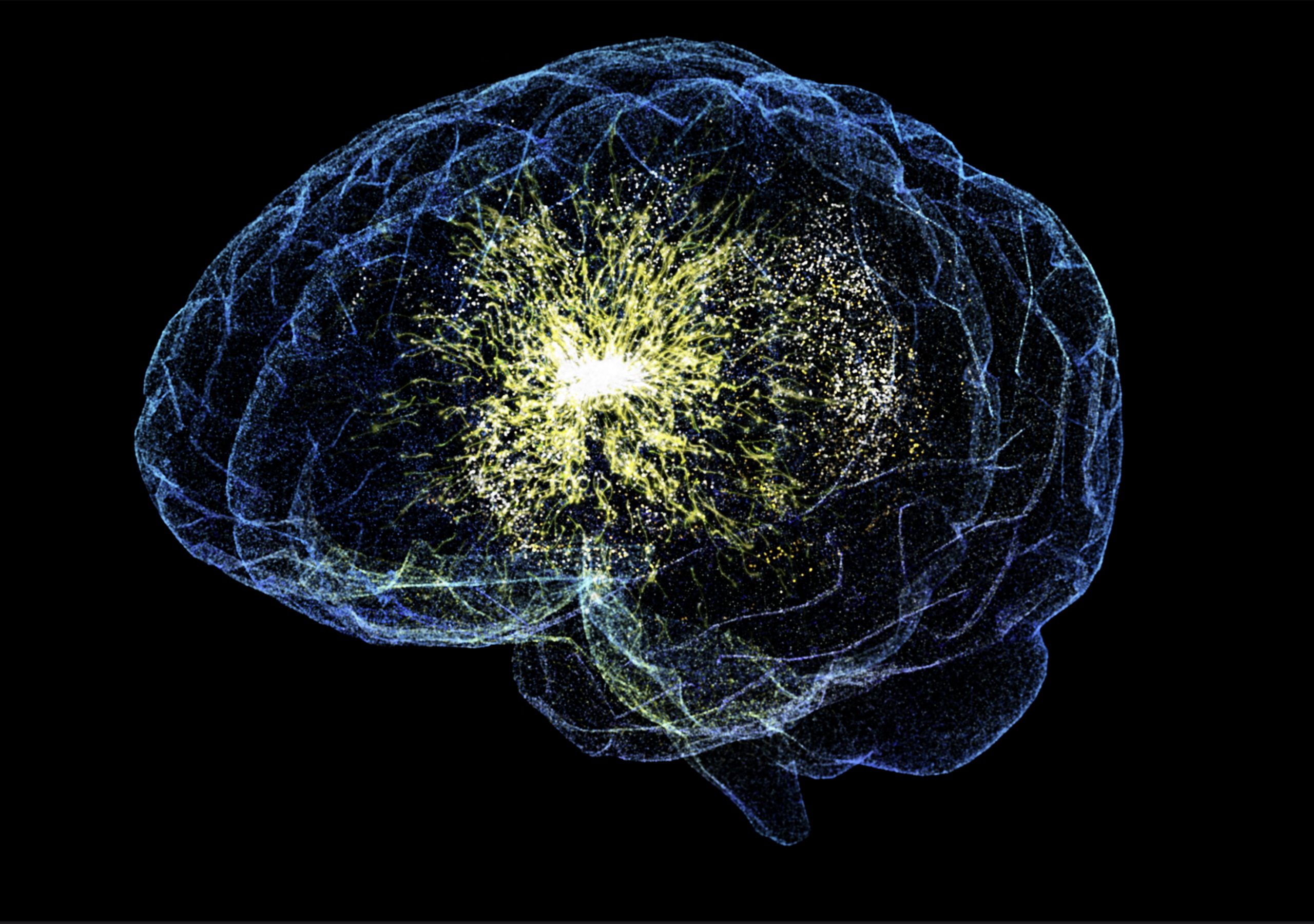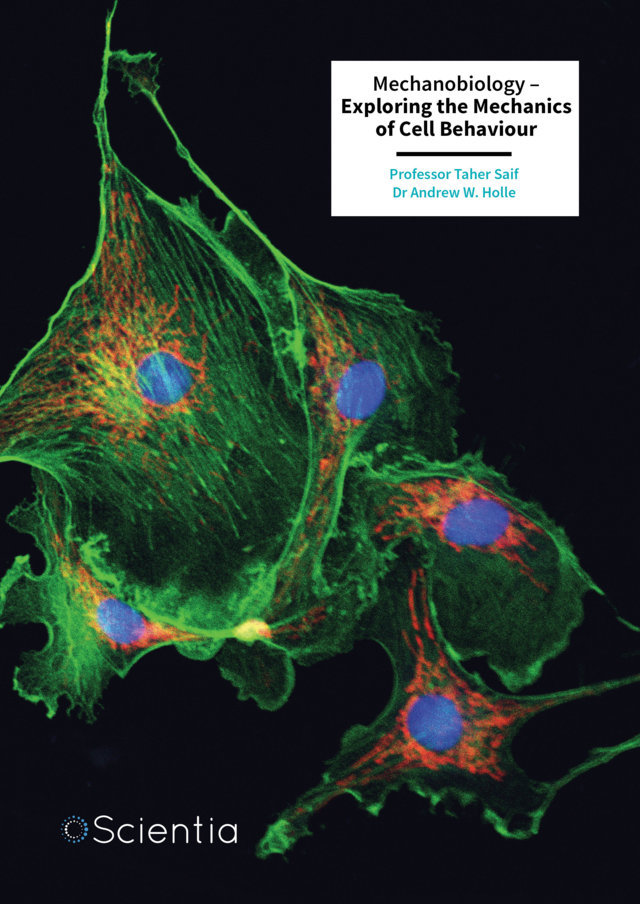Before the universe was illuminated by stars, most of its observable matter existed in a roughly even distribution of hydrogen and helium. As these materials collapsed under their own gravity, they would have heated up, initially preventing them from collapsing further to densities high enough for stars to form. As part of a new review, Prof. Dr. Ralf Klessen and Prof. Dr. Simon Glover at Heidelberg University investigate the chemical mechanisms which enabled this primordial gas to cool and fragment to form the universe’s first generation of stars. More
Based on their observations of the Big Bang’s faint afterglow, astronomers are now confident that the observable matter in the early universe was a mostly uniform sea of hydrogen and helium gas, immersed in a far larger quantity of dark matter. Over billions of years, this simplicity gave way to a rich complexity, as galaxies, stars, and planets formed across a vast range of scales.
One of the most critical turning points in this cosmic evolution was the birth of the first stars. These objects formed from pristine gas, and played a vital role in shaping the universe we know today.
The formation of the first stars, often termed Population III stars, marked the end of the so-called ‘dark ages’, a period when the only light in the universe was the cosmic microwave background – the afterglow of the Big Bang. By igniting nuclear fusion in their cores, these stars emitted the first starlight and created the first metals, which are defined as elements heavier than helium by astrophysicists.
As Population III stars exploded in the first supernovae, these metals would have been scattered across the universe: setting the stage for a new, metal-enriched generation of stars, often termed Population II stars. As the process of stellar birth occurs many times throughout cosmic history, it leads to the formation of highly metal-rich Population I stars – including our own Sun.
Population III stars are so ancient that astronomers have never been able to observe them directly. All the same, advances in numerical modelling and supercomputing have allowed astronomers to reconstruct their formation and evolution.
Initially, Population III stars were thought to form in isolation, but more recent studies have revealed that they likely formed in clusters, with stars separated by distances comparable to that between the Earth and the Sun. To model these complex interactions, it is crucial for astronomers to consider the influence of the chemical processes which enabled the first stars to form, as well as the mechanisms which caused primordial star-forming gas to fragment.
In a new study, Ralf Klessen and Simon Glover at Heidelberg University present a detailed review of our current understanding of the birth of the universe’s first stars, which has enabled researchers to piece together the early history of star formation. Part of their review focuses on the chemical pathways which allowed Population III stars to emerge in the primordial universe, as well as the mechanisms which caused the material surrounding nascent stars to fragment.
The story of these stars began as the universe’s observable matter was drawn in by the gravitational pull of dark matter ‘halos’: transforming the gas from a uniform sea, into fragmented clumps of hydrogen and helium.
Yet for this ancient gas to form stars, it needed to cool down enough to prevent the kinetic energy of its atoms and molecules from pushing back against the effects of gravity. This cooling was initially dominated by an effect known as Lyman-series emission, which is most efficient at high temperatures, around 10,000 Kelvin.
To cool down further, the gas needed to form molecular hydrogen (H₂), where two hydrogen atoms bond together. When these molecules collided, the energy released would have excited their internal motions, such as rotation or vibration. This would have temporarily reduced the overall motion of the particles, making the gas cooler. Subsequently, an excited molecule can release this energy in the form of a photon. If this photon escapes into space, the energy it carries is permanently lost, and the gas cools down.
H₂ cooling can reduce temperatures to as low as 200 K, but the molecule’s physical properties prevent it from cooling any further. This limitation plays a critical role in shaping the temperature and density conditions under which the first stars would have formed.
In the early universe, the emergence of molecular hydrogen followed two primary pathways – both of which are slow, and depend on the presence of free electrons or ions to initiate the reactions. But as the hydrogen gas increased in density, a third mechanism came into play, in which three particles collide simultaneously. These three-body collisions are exceedingly rare under normal conditions, but their effects became significant at high gas densities, enabling atomic hydrogen to rapidly convert into molecular hydrogen – triggering a runaway cooling reaction.
As this collapse progressed and the density of gas increased further, its temperature started to rise. This caused its molecular hydrogen to break apart once again, raising temperatures further. At this stage, the gas began to contract more slowly as it radiated heat from its surface. This enabled the formation of dense ‘protostars’, which would ultimately become the first Population III stars.
At this stage, protostars were surrounded by ‘accretion disks’: flat, rotating planes of gas which orbit around the central object’s equator, and gradually feed material into the growing protostar.
Yet within some of these disks, turbulent motions of gas would have created instabilities such as massive spiral arms, which draw in more material from the surrounding environment. These instabilities would have driven the disks to break apart into smaller clumps – which could enable each collapse to further to form its own star. As a result, the accretion disk surrounding a single protostar could fragment to form a cluster of objects. In some cases, these new protostars could have formed accretion disks of their own, triggering even more fragmentation.
Altogether, these dynamics had profound implications for star formation. The way gas fragmented into smaller clumps determined the number and distribution of the first stars, as well as their masses and lifetimes. This behaviour directly influenced the evolution of the first galaxies and the chemical enrichment of the early universe.
Altogether, the formation of the universe’s first stars was a complex interplay of cooling mechanisms and chemical processes. These stars not only illuminated the cosmos, but also laid the foundation for the rich structure we see today.
Through their review, Klessen and Glover provide a comprehensive account of our understanding of how Population III stars initially formed, highlighting the intricate processes that governed their birth and evolution. By deepening our knowledge of these ancient stars, their work paves the way for future studies, offering valuable insights into the origins of structure and complexity in the universe.







